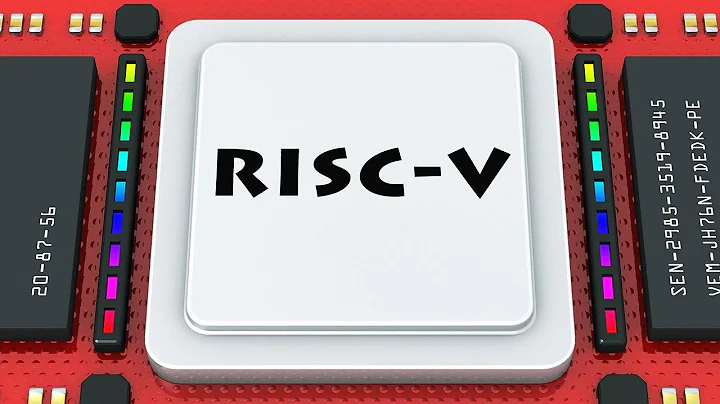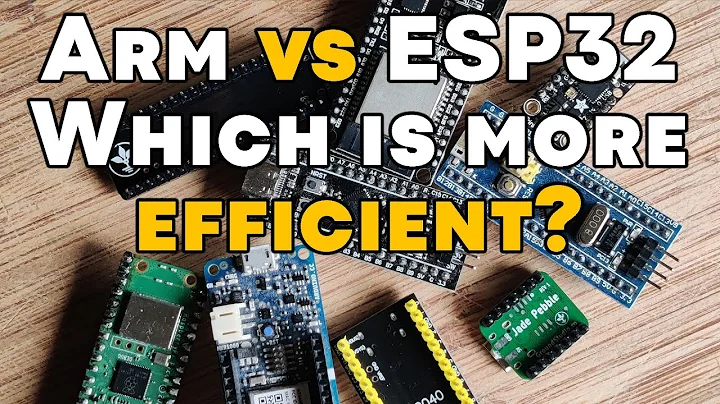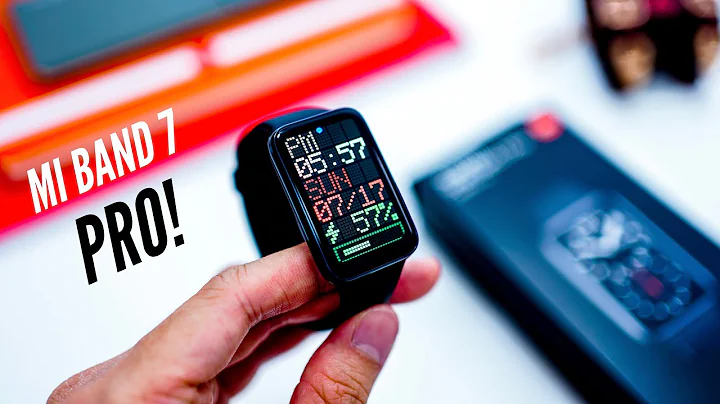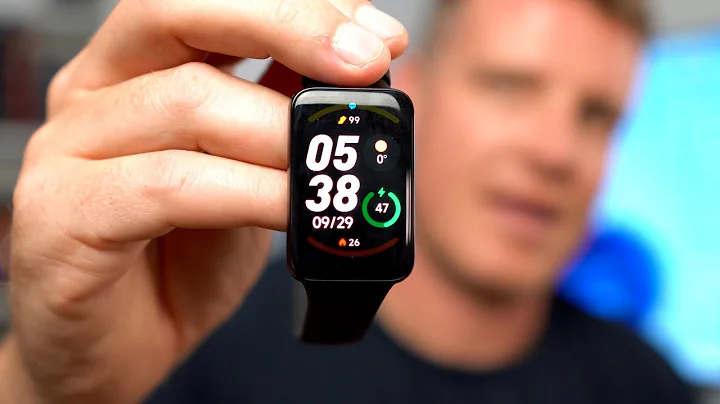launched the ARMv9 instruction set for the next ten years in March last year, ARM launched the first generation of ARMv9-based products in May, including Cortex-X2, A710 and other CPUs. Today ARM launched Cortex-X3, A715 and A510 Refresh and other new generation ARMv9 products. This generation of Cortex processors is targeted at platforms such as smartphones, tablets, and laptops, so it has released more things. It also has a new DSU-110 large and small core scheduling architecture, which can achieve up to 8+4+0 for a total of 12 cores.

Let’s first look at the overall part of CPU. Cortex-X3 and A715 are upgraded versions of Cortex-X2 and A710 respectively. Not only does the peak performance increase by 25%, but the hybrid performance and energy efficiency also increase by 20%.
It is worth mentioning that both Cortex-X3 and A715 have abandoned the aarch32 instruction set, that is, abandoned the 32 bits and switched to 64-bit architecture. What to do with the original 32-bit version of
? ARM also launched the A510 refresh this time, which can also be called the A510 v2 version. It not only improves performance and energy efficiency, but also supports up to 12-core architecture. It is also optionally compatible with the aarch32 instruction set, but it is limited to specific choices.
Generally speaking, in the Cortex-X3, A715 and A510 v2 generation architectures, ARM is determined to fully switch to 64-bit. Although it has not completely eliminated 32-bit, there are fewer and fewer areas left for 32-bit compatibility. .

Let’s take a look at the specific changes in the three CPU architectures of Cortex-X3, A715 and A510 v2.


As a super large core, Cortex-X3 is focused on performance. The architecture of this generation has been improved a lot. The decoder instructions per cycle have been increased from 5 to 6, the out-of-order execution window has been increased from 288 to 320, and the integer ALU unit has been increased from 5 to 6. 4 increased to 6 and so on.
In other aspects, the L2 cache capacity of Cortex-X3 has also been increased from 512KB to 1MB. The final change of
is that the performance has greatly increased. Compared with the previous generation Android flagship, the performance has increased by 25%, and compared with the performance of laptops, it has increased by 34%. The official performance comparison of ARM is a bit confusing. The performance improvement of this generation alone is 22%, 28%. % and many other statements, and the IPC performance has been improved by 11%.

Next, let’s talk about the A715 large-core architecture. It does not pursue absolute performance, but pays more attention to energy efficiency. It saves 20% of energy consumption than the A710 under the same performance, and improves the performance by 5% compared to the A710 under the same power consumption.
In addition, due to the abandonment of the aarch32 instruction set, the area efficiency of the A715 core has greatly increased, requiring only 1/4 of the area of the A710. Although the overall performance has not improved much, the energy efficiency and area efficiency have greatly increased.

Finally, it is the A510 small core architecture. The current A510 v2 has not changed much compared to the 2020 A510. The focus is still on optimizing energy efficiency. The power consumption is reduced by 5% and the frequency is increased by 5% for the same performance. Therefore, the previous 1.8 The GHz frequency can now be increased to around 1.9GHz.

and DSU-110. This is a new generation of core interconnection technology. The core matching method is more flexible. In addition to 1+3+4, there are also 1+4+4, 2+2+4 and 8+4+0. , the last configuration is for high-performance platforms such as notebooks.
In other aspects, cores such as Cortex-X3, A715 and A510 v2 are also optimized for more advanced processes, such as Samsung TSMC's 5nm and 4nm processes. ARM also provides developers with a convenient development platform and tool VFP. Can better simulate testing and so on.
Finally, CPU architectures such as Cortex-X3, A715, and A510 v2 will be launched as soon as the end of this year. If nothing goes wrong, the Snapdragon 8 G2 will be replaced with a new architecture by the end of the year.






















